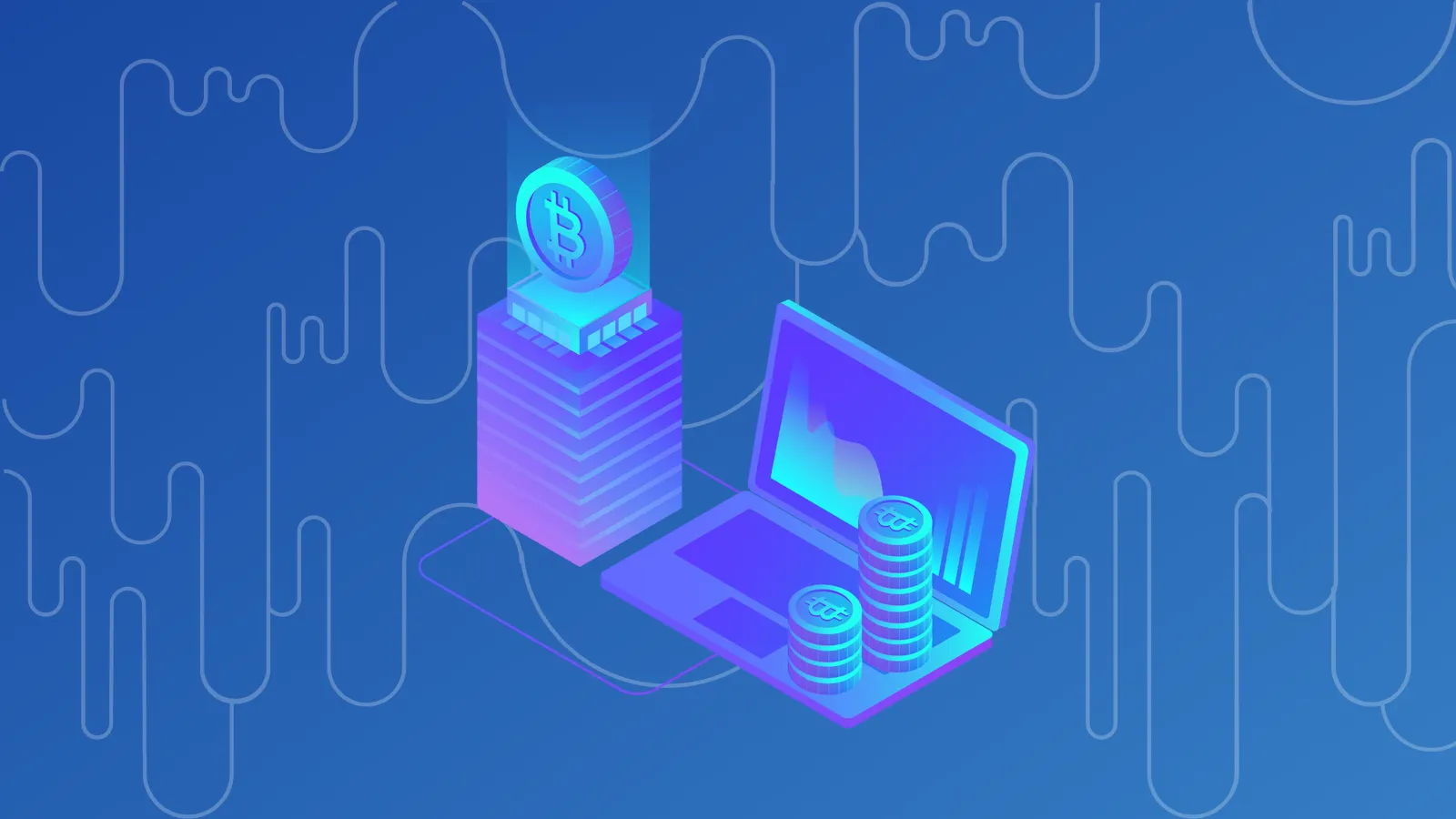Although the benefits of online financial services are widespread, adoption has been lackluster. Networks operate in silos, making it difficult for merchants to incorporate their payment services. This can also make it harder for the consumer to pay in their preferred currency. OMG Network wants to bridge the gap between different payment providers, currencies and assets, through the use of blockchain.
Let’s get started.
What is OmiseGO?
OmiseGO is a decentralized network offering a flexible and effective solution for payment providers. It is built as a dApp for Ethereum.
OmiseGO, also commonly known as OMG Coin, plans to become an accessible and highly scalable payments network with minimal transaction costs. OMG wants banks and other established financial services to use their network for transactions and as a clearinghouse. The main selling-point is that as a decentralized protocol, it stops all the individual payment solutions and services having to place trust in one entity.
Who created OmiseGo?
OmiseGO was developed by the Thai financial platform Omise in 2017. The company sees itself as the PayPal of South-East Asia; it is a well-established payments gateway in the region, already accepted by tens of thousands of merchants, including McDonald’s and Alipay. There is even an Omise plug-in for users to accept payments over Facebook messenger!
Although it created the network, and the core developer team are a subsidiary, Omise says it does not own the OmiseGO platform.
Did you know?
The Thai Ministry of Finance officially endorsed OmiseGO a month after its public sale.
A brief history.
May 2013 - Jun Hasegawa and Donnie Horinsut found the payment gateway Omise.
July 2016 - OmiseGO is established as a blockchain-based subsidiary for Omise.
July 2017 - OmiseGO ICO raises $25m for the project.
What’s so special about it?
- ↪️ Flexibility - OmiseGO’s main objective is to be a network where either party can transact in the asset of their choice.
- 🌊 Liquidity - The reserves released from participating banks will create a pool large enough for the provision of assets in demand. - Interoperability - The network can be used for any fiat currency transactions as well as those in other cryptocurrencies, even ones that work on other blockchains, such as Bitcoin
- 📈 Scalability - OmiseGO uses the plasma protocol to make the network fast and efficient, potentially up to a million transactions per second.
- 🔒 Security - Being decentralized means there is no single pain-point for attackers. The network relies on a team of validators who are paid in OmiseGO tokens to confirm transactions; these are forfeited if they abuse their position.
How is OmiseGO produced?
OMG tokens were pre-mined and released in a private sale. Participants had to first pass through AML/KYC checks. A small number were also released in an airdrop to Ether holders in July 2017. The total supply is hardcapped at 140m tokens.
Did you know?
OmiseGO’s wallet software will enable banks and payment providers to add customisable features, to make it feel more like their own.
How does OmiseGO work?
Clearinghouse - OmiseGO is used for quick and easy asset transfers between two separate parties. Banks and financial institutions use the network as a trustless intermediary that enables them to transact with one another securely.
Decentralized exchange - If assets need to be exchanged, then an order is placed on the network which can be filled by any other participant
What can you do with OmiseGO?
Although they can be used for payments themselves, OmiseGO tokens are principally designed for the validation process. Network fees and transaction costs are denominated in OmiseGO tokens, which are used to reimburse those who confirm transactions. Validators have to stake their coins, providing some sort of assurance that they will be accurate record keepers.
Did you know?
The OmiseGO Foundation donated over a $1m to a refugee charity in late March 2018.
The Future.
OmiseGO wants to make life easier for more than just payment providers. It also wants to widen the net of payment services to those who don’t have access to financial services. By making an easier on-ramp to financial services, it could help to provide the 1.7 billion unbanked population with access to shops and healthcare. OMG has the potential to be a real force for social good in the world.


